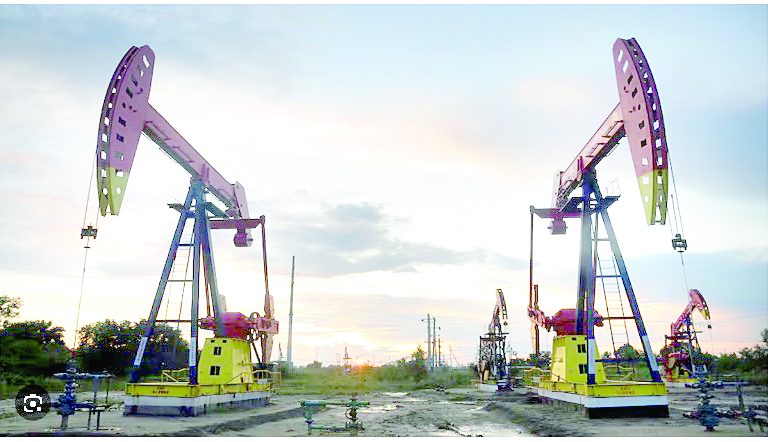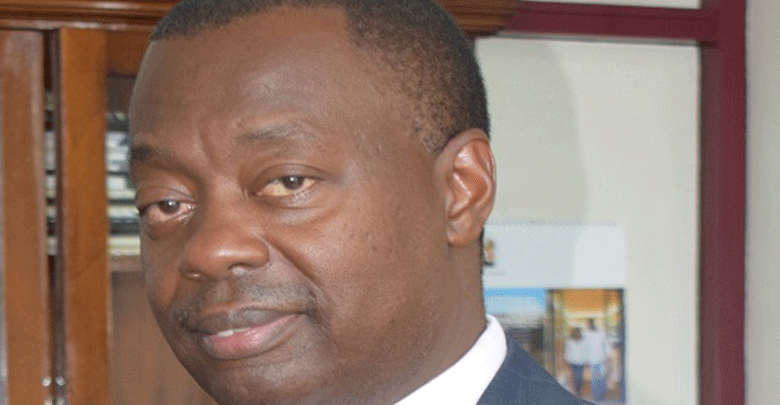Pension assets defy pandemic blues to record Sh1.4tr in 2020
By Noel Wandera, July 30, 2021Retirement benefits assets grew by a modest 5.77 per cent in the second half of 2020, on the back of adverse effects of the Covid-19 pandemic, which affected the financial markets and the wider economy in the first half of last year.
Retirement Benefits Authority (RBA) Chief Executive officer Nzomo Mutuku, says assets grew to 1.4 trillion during the period under review, from Sh1.3 recorded in a similar period in 2019.
Mutuku said fund managers and approved issuers held the majority of the assets amounting to Sh1.3 trillion.
He said schemes continued to invest heavily in government securities with the asset class accounting for 44 per cent of the total assets under management, followed by immovable property accounting for 17 per cent while investments in guaranteed funds was at 16 and investments in quoted equities at 15 per cent.
Quoted equities
“Investment in quoted equities increased by 16 per cent compared to June 2020 owing to the rebound of the stock market after the effects of Covid-19 pandemic, while offshore investments also recorded a jump from Sh5.92 billion to Sh11.38 billion, 92 per cent compared to June 2020,” said Mutuku during a two-day retirement conference, themed “Setting a strategy for retirement benefits provision in a post-Covid-19 world.”
The regulator attributed this to the depreciation of Kenya shilling against the dollar and schemes pursuing diversification due to the stock market volatility.
He said through market conduct regulation, promotion of consumer confidence by focusing on the way firms treat consumers, availability of information and dispute resolution.
Director of Pensions at the National Treasury Michael Kagika said 15 million workers in the informal sector do not have pension schemes, despite the many private insurers hence the need to provide the highest attainable standard of health under the universal health coverage.
“There is a need to fill the long term savings coverage gap for the informal sector as 20 per cent of the labour force is almost exclusively in the formal sector.
More than 15 million workers in the informal sector who contribute 34 per cent to GDP are excluded,” said Kagika.
More Articles

